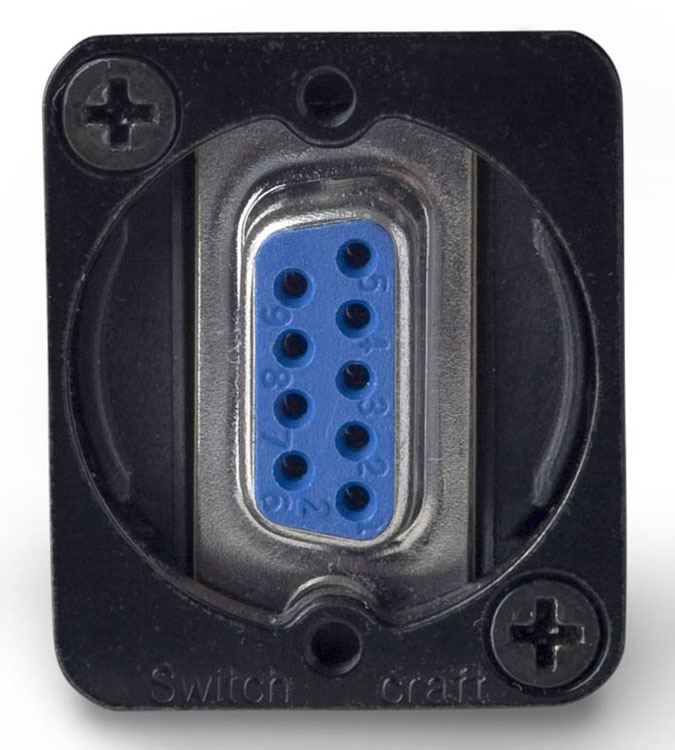If you have a multi-meter you can figure out the pinout.

Set the meter to check resistance at the lowest setting, Pin 1 or 9 are the likely ground pins although it could be anything. Put the two leads into two pins, one must be ground and the other can be anything, grab a paper and write out everything you determine.
So put one lead in Pin 1 and another in Pin 2 and have someone step on every input on the pad, if the meter changes from INFINITY (1) to Zero (as low as the meter can read) then you found one of the arrows and the ground. If nothing happens on any arrow then you may have found a pin that isn't mapped to anything in the pad or you did not find the ground yet or the leads are not able to contact the inputs in the d-sub you may need to get a 9-pin male d-sub to attach on the other end simply to have physical pins that you can more easily touch with the meter. Keep trying different sets of pins once you find the ground then 90% of the work is over, you can leave one lead in the ground and only move the other lead. Make sure you use those numbers above for the pin #'s.
If you manage to figure it all out I can make you a control box, or if you solder you can easily make your own.
